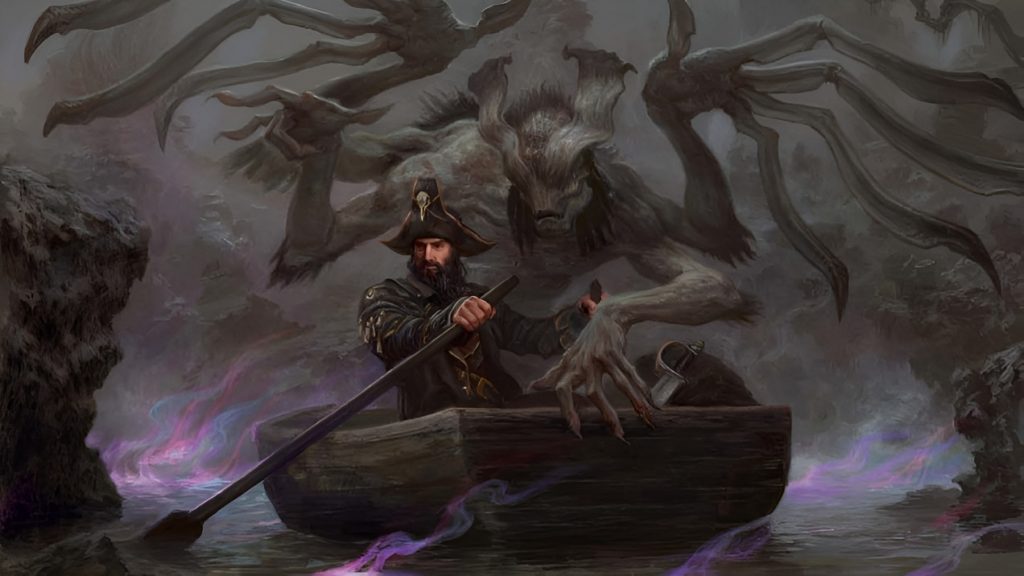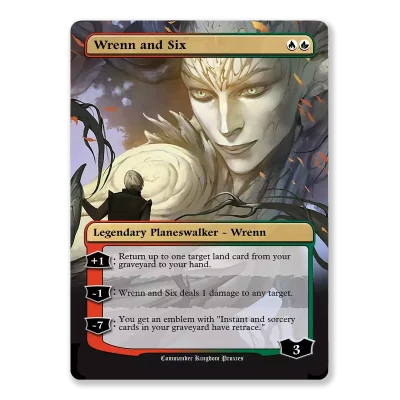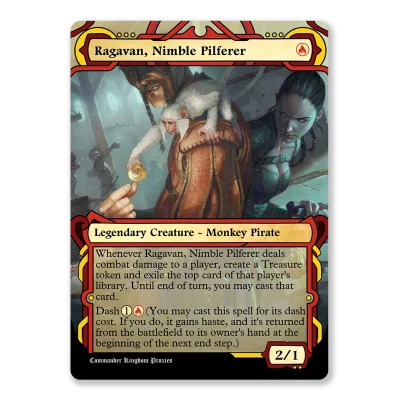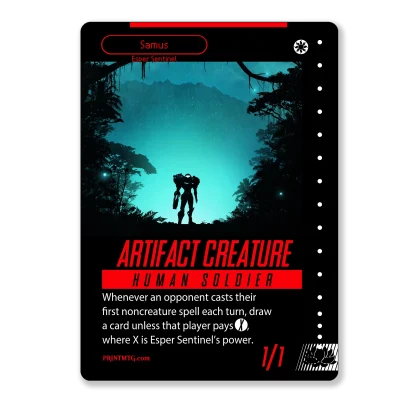Demonic Tutor is one of the most iconic cards in Magic: The Gathering. It has been around since the game’s earliest days, and its effect remains remarkable. It costs two mana—a single black and one colorless—and allows you to search your library for any card and put that card into your hand. That’s all it does, but this simple effect has kept it relevant for decades. It’s also been at the center of many memorable discussions about balance and card design.
Early Days and Design Intent
Demonic Tutor first appeared in Limited Edition Alpha in 1993. This was the inaugural set that introduced players to the concept of five distinct colors and an array of spells with wildly varying power levels. At first, it might have looked like just another sorcery in black’s arsenal. But the impact of being able to grab any card without restrictions quickly became clear. Early Magic design didn’t fully anticipate how strong universal tutoring would become. Cards that let you search for something in your deck might look harmless on paper, but giving players consistent access to the right tool at the right time is huge.
In those early years, the developers were testing Magic’s limits. Some cards ended up well-balanced, while others ended up too strong or too weak. Demonic Tutor is one of those cards that proved to be on the powerful side. It showed up in decks that wanted to assemble combos. It also appealed to players who simply wanted a solid black spell that could fetch a new threat, a key answer, or some finishing piece to swing the game in their favor.
Why Tutoring Is So Powerful
There’s something special about a card that says “search your library.” In Magic, your deck is a limited resource. You never know what you’ll draw next, and having the right card in hand at the right time can be crucial. Cards like Demonic Tutor solve that issue by letting you bypass randomness. You can pick out your best creature, a game-ending burn spell, or a timely piece of removal. For only two mana, that’s a steal. You end up saving not only on mana but also on turns spent hoping you’ll topdeck an answer.
Tutoring also feels great from a strategic point of view. It lets you craft more precise game plans. Instead of stuffing your deck full of redundant copies of the same effect, you can include a single copy of a strong card and rely on tutors to find it. This single change can revolutionize how you build your deck. You can pack a variety of silver-bullet cards—those one-of answers that handle specific threats—because Demonic Tutor can fetch them when the moment is right.
Legal Status and Format Differences
Over the years, Demonic Tutor has been treated differently across Magic’s many formats. In Vintage, which allows almost all cards, Demonic Tutor is restricted. That means you can only include one copy in your deck, because having four copies would be overkill for a format that already features incredibly powerful spells. In Legacy, Demonic Tutor is banned. That may seem harsh, but a consistent way to tutor up any card for just two mana would tilt too many matches in the same direction.
Commander, on the other hand, is a whole different story. In that format, you’re allowed one copy of each card (besides basic lands), so Demonic Tutor is fair game. Most Commander decks that have access to black mana will consider running it. It helps find combo pieces or life-saving removal spells, and that can swing multiplayer games in big ways. Many players regard it as one of the best tutor effects in the game, second only to some specialized tutors that cost zero mana or have other conditions but that’s a smaller niche. Demonic Tutor’s flexibility rarely loses value.
Reprints and Accessibility
Demonic Tutor has received multiple reprints, although it’s not something you see in every new set. It usually appears in special products or supplementary sets designed for reprints, including some editions of Master sets and various promo sets over the years. These reprints are a way to keep the card somewhat accessible. Older copies are prized by collectors who enjoy the nostalgic artwork and original frame, but newer versions are easier to find and might have updated card frames or alternative art.
Despite periodic reprints, Demonic Tutor continues to hold respectable value. Part of the reason is purely functional—it’s a staple in certain formats. Another part is that it’s a memorable card in Magic’s history, making it appealing to collectors. Even players who aren’t huge fans of playing black decks often keep a copy of Demonic Tutor around, just in case they decide to branch out into a deck that can use it.
Cultural and Flavor Aspects
Flavor is a huge part of Magic: The Gathering. From the name to the artwork, Demonic Tutor captures black’s thematic essence. You’re calling on dark forces to gain knowledge or power at a small price. It’s not as sinister as some other black cards that require you to sacrifice creatures or pay life, but thematically, it still fits the idea that black mages will do almost anything for an advantage. The original artwork showed a demonic figure offering a contract or spellbook, a perfect representation of the card’s flavor.
Players have often joked about black’s willingness to sign pacts with demons or do whatever it takes to get ahead. In that sense, Demonic Tutor is practically an emblem of what black does best: taking a risk or crossing some moral line to ensure victory. It’s not as flashy as something that says “Pay half your life” in the effect, but the name and the art tell you that a dark bargain is happening here.
Shaping Deck Archetypes
Demonic Tutor has influenced deck-building strategies for decades. Any black-based combo deck benefits greatly from having the card. If you’re trying to assemble something like a two-card combo, it’s a lot easier when you can reliably fetch one of the pieces. Even in more casual settings, players gravitate toward it for its consistency. It might show up in a control deck to fetch a powerful finisher, or in midrange builds to snag an extra removal spell when you need it.
It also encourages creativity. You can include a variety of unusual single copies, knowing that you can tutor them up at the right moment. This approach keeps your opponents guessing. They might sideboard or play around one threat, only for you to fetch something entirely different. It’s a fun dynamic—if you’re the one searching your library, anyway.
Why It Stays Relevant
Magic has released countless cards since 1993, many of which do similar things to Demonic Tutor. But few can match its efficiency. Some black tutors cost more mana or require extra costs, like sacrificing a creature or discarding a card. Others only let you search for specific card types. Demonic Tutor just asks you to pay two mana and shuffle your deck. That’s it.
Its broad appeal stems from that simplicity. Cards that define or transform the game usually give the player a lot of power at minimal cost. And though there are some combos that rely heavily on tutors, most of the time players just appreciate having a single card that can become whatever they need. That’s a big reason people continue to argue about whether it’s too strong or just right.
Conclusion
Demonic Tutor has carved out a place in Magic’s history that few other spells can claim. It’s simple, flexible, and stands as one of the purest examples of why tutors matter in deck-building. Over decades of Magic, new mechanics, and shifting formats, it keeps showing up in powerful lists. It remains restricted or banned in some formats, and a beloved staple in others. Players still enjoy the moment of flipping through their decks, deciding which single card might turn the tide. That’s the beauty of Demonic Tutor: it asks only for two mana, yet it might win you the entire game. And that’s a bargain worth thinking about.





